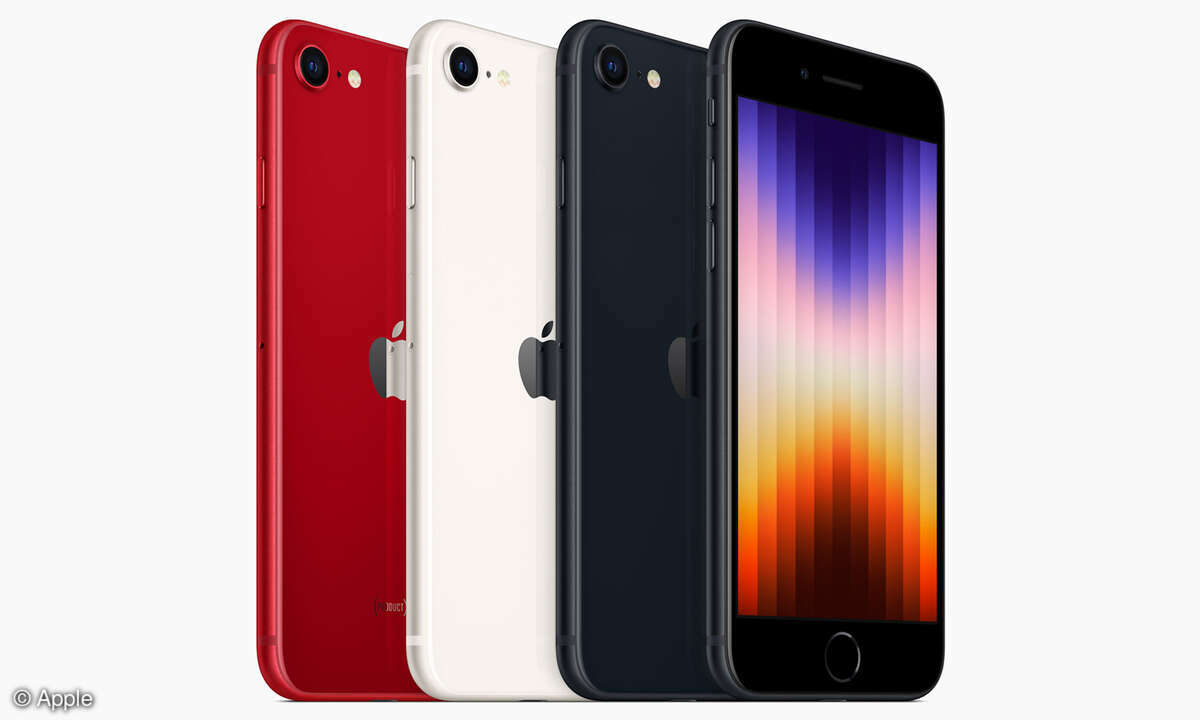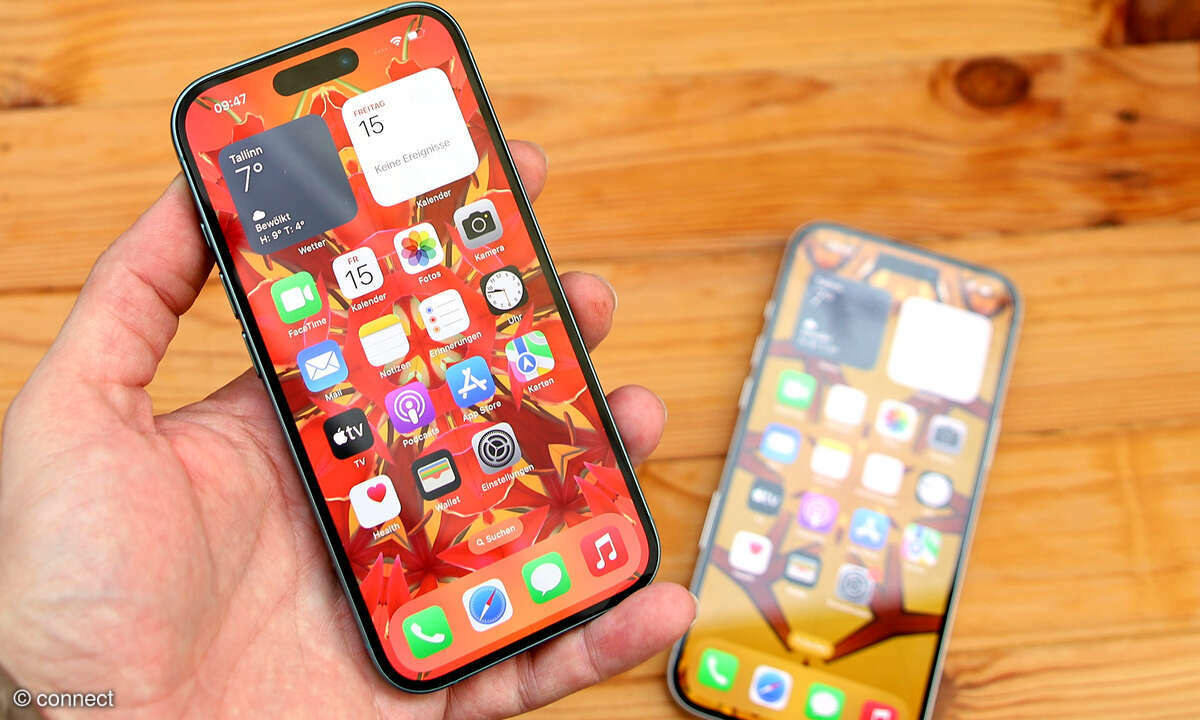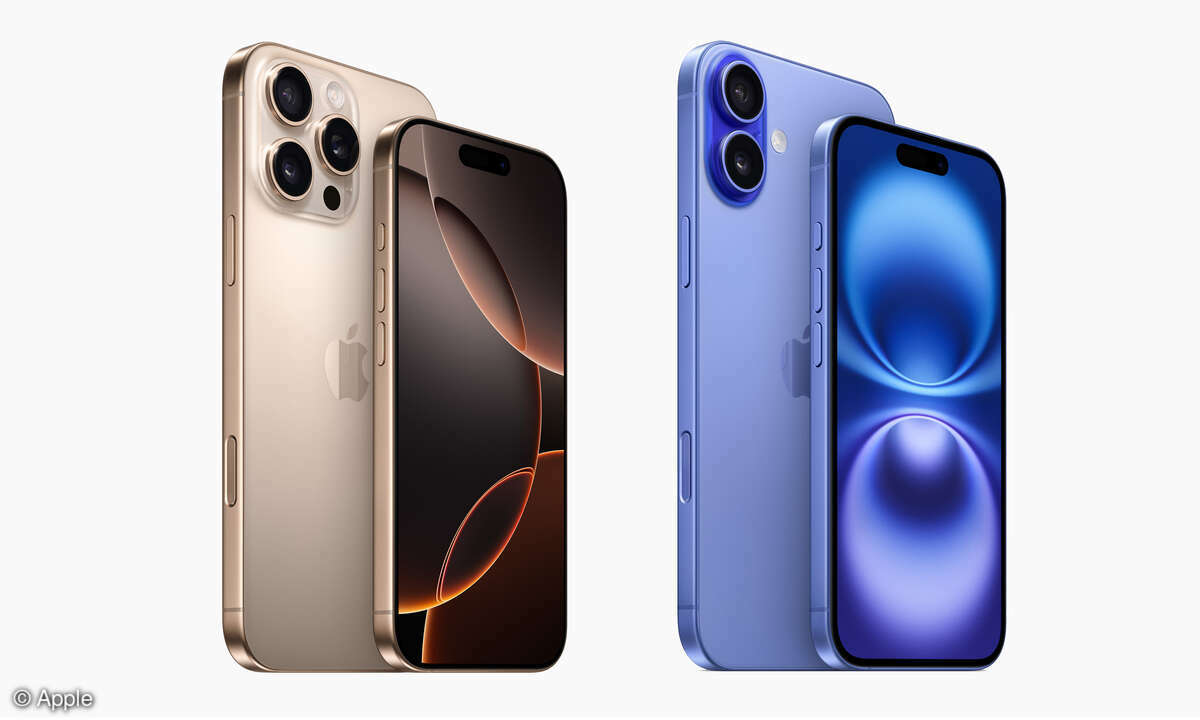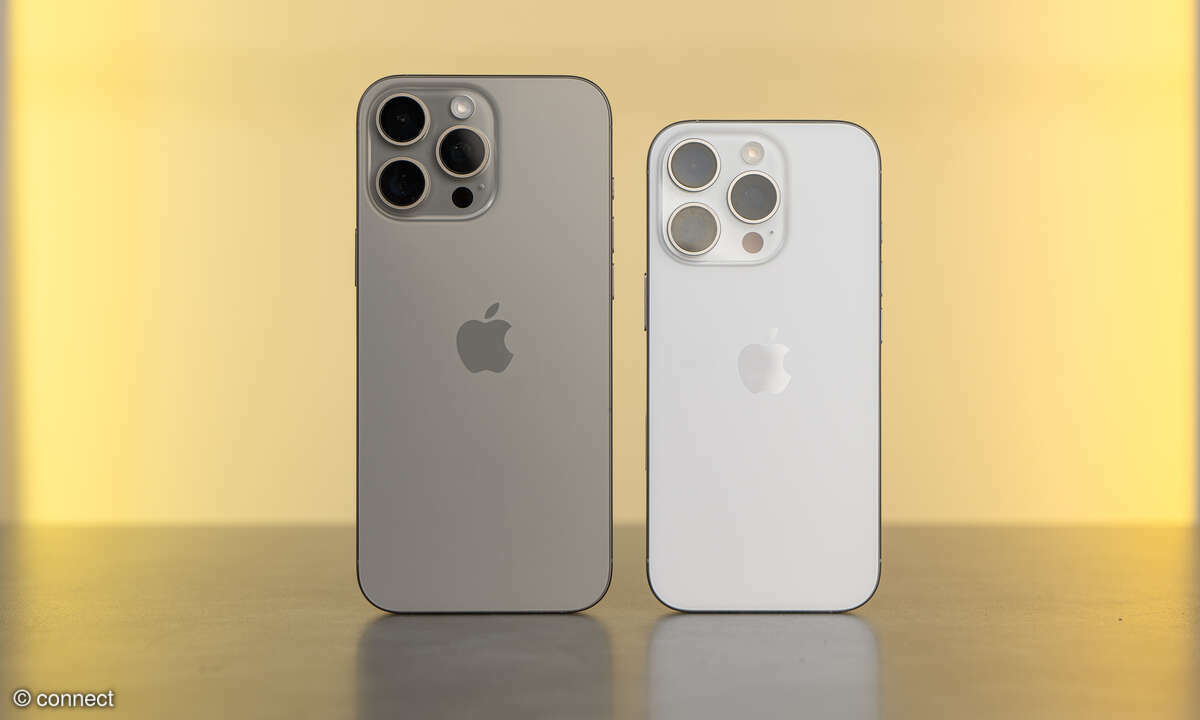Choosing the right iPhone raises a lot of questions. Apple offers a variety of models that vary in both price and functionality. Whether you are a “normal” user, a professional or a price-conscious buyer: there is a suitable device for every type of user – but which one is right for you?
This article gives a comprehensive overview, starting with the iPhone 16 as a solid all-rounder for the general public, through the 16 Pro as a high-end variant, to the 16 Pro Max for photo enthusiasts and the affordable iPhone SE as an entry-level model. The fact that we currently do not recommend older models is due to the stable value of the iPhones. Older models are hardly cheaper, but offer less performance and do not receive software updates for as long as the new releases. In addition, Apple’s AI functions are expected to significantly increase the requirements for hardware performance from April 2025. Of the older iPhones, only the iPhone 15 Pro and Pro Max can cope with this.
We take a close look at the technical specifications, the advantages and disadvantages of each model and provide detailed recommendations for different user profiles. This will help you make an informed decision and find the iPhone that best suits your needs.
The best iPhone for most users: iPhone 16 and 16 Plus
In many ways, the iPhone 16 is the best choice for most users. It will get you through the day with ease, takes great photos, and will receive many years of updates from Apple.
The high-quality OLED display is pleasantly compact with a diagonal of 6.1 inches. Apple has once again upgraded the camera compared to the iPhone 15, including macro photos, spatial photos and videos as well as an additional button specifically for camera control. Apple has accelerated wireless charging to up to 25 watts and increased battery life by around 10 percent.

The iPhone 16 has also inherited a number of functions that were reserved for the Pro models last year. In addition to the camera improvements already mentioned, this also includes the action button introduced in 2023 and support for the Thread smart home wireless standard.
Technical specifications
- Preis: from approx. 860 Euros (128 GB)
- Screen: 6.1-inch OLED with 60Hz refresh rate (6.7-inch on iPhone 16 Plus)
- Processor: A18
- Cameras: 48-megapixel f/1.6 main camera with sensor-shifted image stabilization, 12-megapixel ultra-wide angle, 12-megapixel selfie
- Weight: from 170 grams
- Laden: 27W wired, up to 25W via MagSafe, up to 15W via Qi
- Resilience: IP68
The best iPhone for high demands: iPhone 16 Pro and 16 Pro Max
The iPhone 16 Pro costs around 250 euros more than the iPhone 16. There are many noticeable improvements that smartphone lovers will be happy about and some that are only noticeable for video enthusiasts.
Tipp: Unlike previous Pro models, there are no differences between the iPhone 16 Pro and Pro Max other than the display size and battery life.
Let’s start with the noticeable differences. This includes the titanium housing instead of aluminum, which is significantly more robust but only weighs just under 30 grams more. In addition, the 6.3-inch display of the iPhone 16 Pro is slightly larger than that of the iPhone 16. Therefore, the iPhone 16 Pro can be a solution for everyone for whom the 6.1-inch display of the iPhone 16 is too small, the 6.7 Inch of the iPhone 16 Plus is too big. If even 6.7 inches isn’t enough for you, the iPhone 16 Pro Max offers the maximum size at 6.9 inches.
In the Pro models, the display is always switched on and can therefore be read even when the iPhone is on the table. Apple has increased the frame rate up to 120 Hz and calls it “ProMotion”. We call it “smooth scrolling and more fun to play.” The hardware also offers a little more performance, as Apple uses the Pro version of the A18 chip in the Pro models. This is particularly noticeable in the graphics performance, which is around 20 percent higher than that of the iPhone 16. The USB-C interface on the Pro models is up to twenty times faster and the battery lasts around 20 percent longer.

There are also big differences in the camera system. The main camera on the iPhone 16 Pro and Pro Max includes an additional 12-megapixel telephoto camera with 5x optical zoom. With its enormous focal length, the Pro Max scratches the upper end of the focal length typically used for portraits. It is better suited for bringing up subjects that are far away, for example the youngsters on stage at a summer festival.
The iPhone 16 Pro’s camera is more sensitive to light, enabling night mode portraits, and thanks to the LiDAR scanner it offers more details and better separation of foreground and background. The fact that 4K recordings with up to 120 frames per second are possible, and with DolbyVision instead of “only” 60 frames per second as with the iPhone 16, is only interesting for niche applications. The same applies to the ability to record videos in ProRes format or as log videos.
Technical specifications
- Preis: from approx. 1,100 Euro (128 GB)
- Screen: 6.1-inch OLED with 120Hz refresh rate (6.9-inch on iPhone 16 Pro Max)
- Processor: A18 Pro
- Cameras: 48-megapixel main camera, 12-megapixel 3x telephoto lens, 12-megapixel ultra-wide angle and 12-megapixel front camera
- Weight: from 199 grams
- Laden: 27W wired, up to 25W via MagSafe, up to 15W via Qi
- Resilience: IP68
The cheapest iPhone: iPhone SE 2022 (3rd generation)
For price-conscious buyers, the iPhone SE (3rd generation) is the most interesting offer. With a price starting at 375 euros, it is currently the most cost-effective iPhone. However, it is slowly getting old – we expect a successor for 2025. A weak point is the A15 Bionic chip, which is unlikely to be able to meet the requirements of Apple’s AI functions. They should come to Germany via an iOS update around April 2025.
Opinions also differ on the 4.7-inch display – for many users it is too small, others love the SE precisely because of its compact dimensions. The outdated display technology serves its purpose, but seems old-fashioned. The same applies to the home button with fingerprint sensor, which Apple has long since banned from all other models. On the other hand, the 12-megapixel main camera delivers solid images. Even wireless charging can do this iPhone SE.
Apple itself no longer offers the iPhone SE 2022: Since the EU requirement for a uniform charging port came into force in December 2024, Apple has removed the remaining iPhones with a Lightning port from the range. However, existing devices are still sold commercially.

Technical specifications
- Preis: ab ca. 375 Euro (64GB)
- Screen: 4,7-Zoll Retina LCD
- Processor: A15 Bionic
- Camera: 12 megapixel main camera, 7 megapixel selfie camera
- Weight: 144 Gramm
- Laden: Wired, 7.5W wireless Qi
- Resilience: IP67
More on the topic: Apple
Source: www.connect.de





